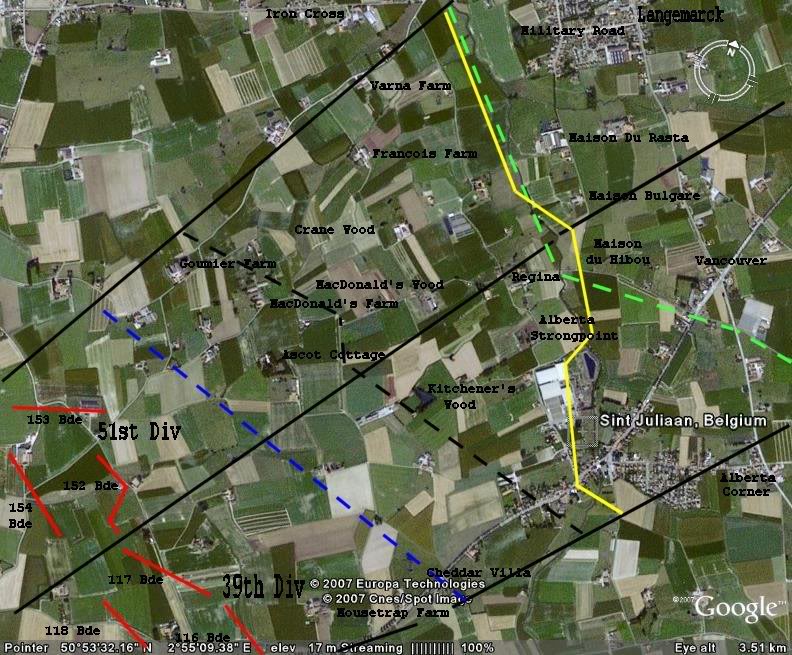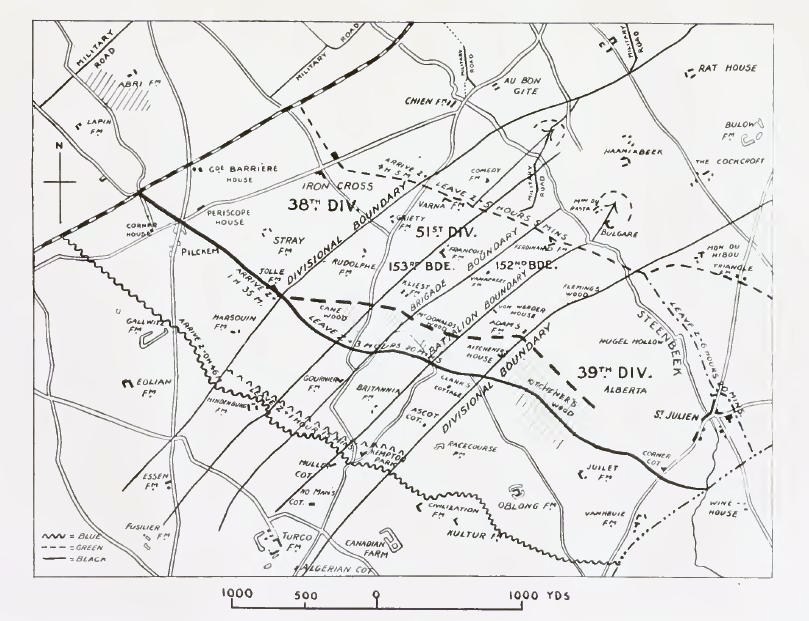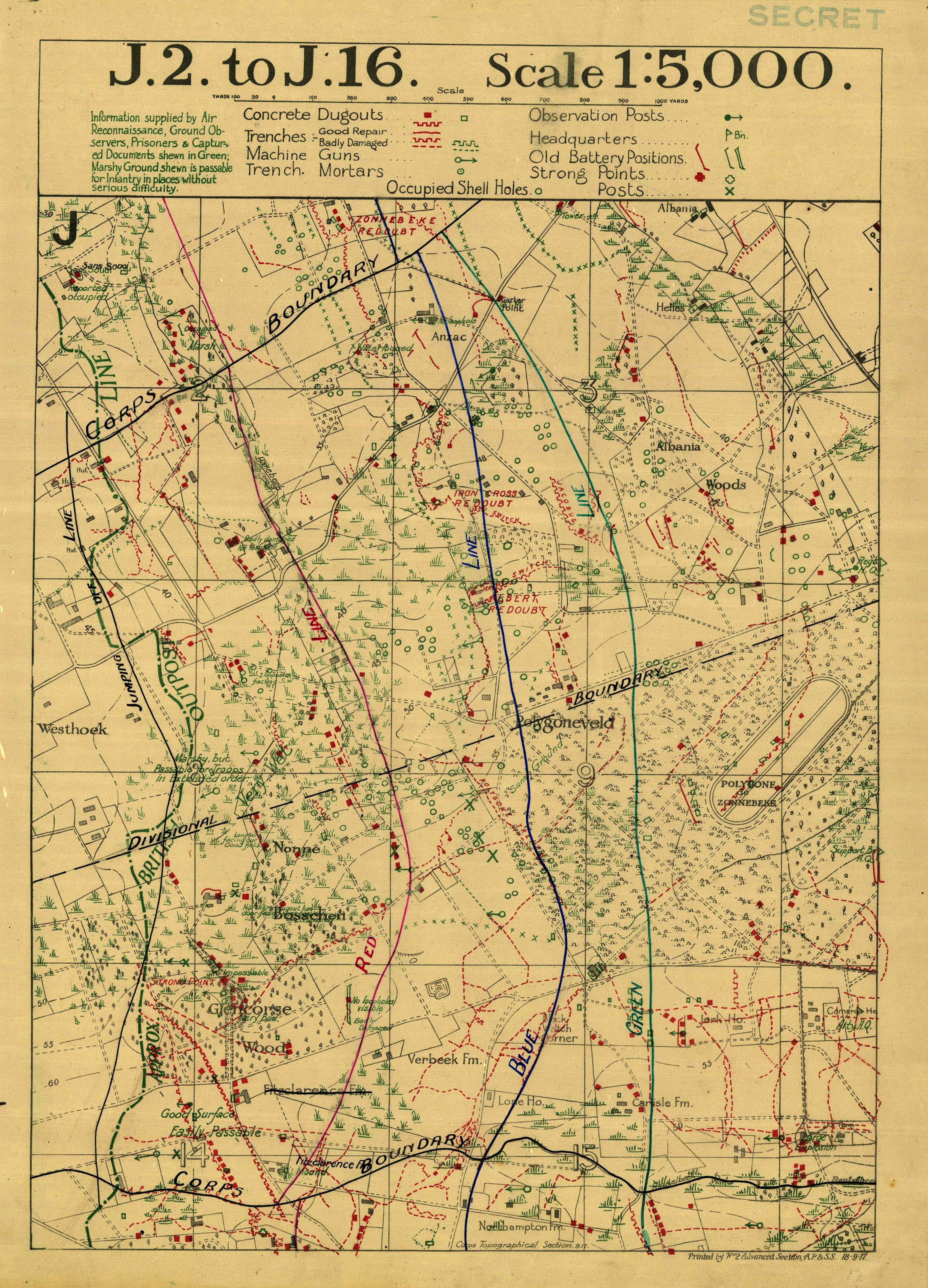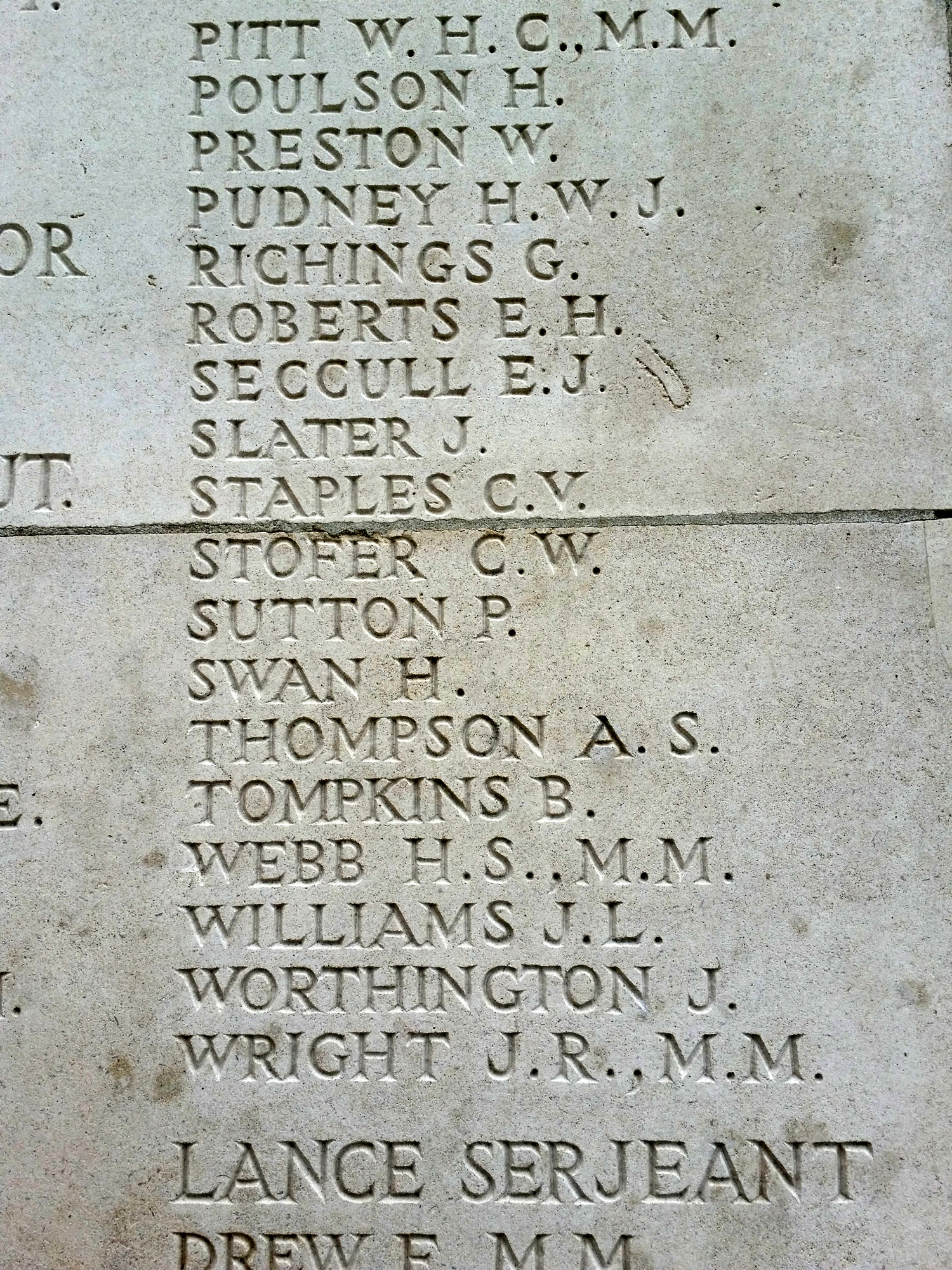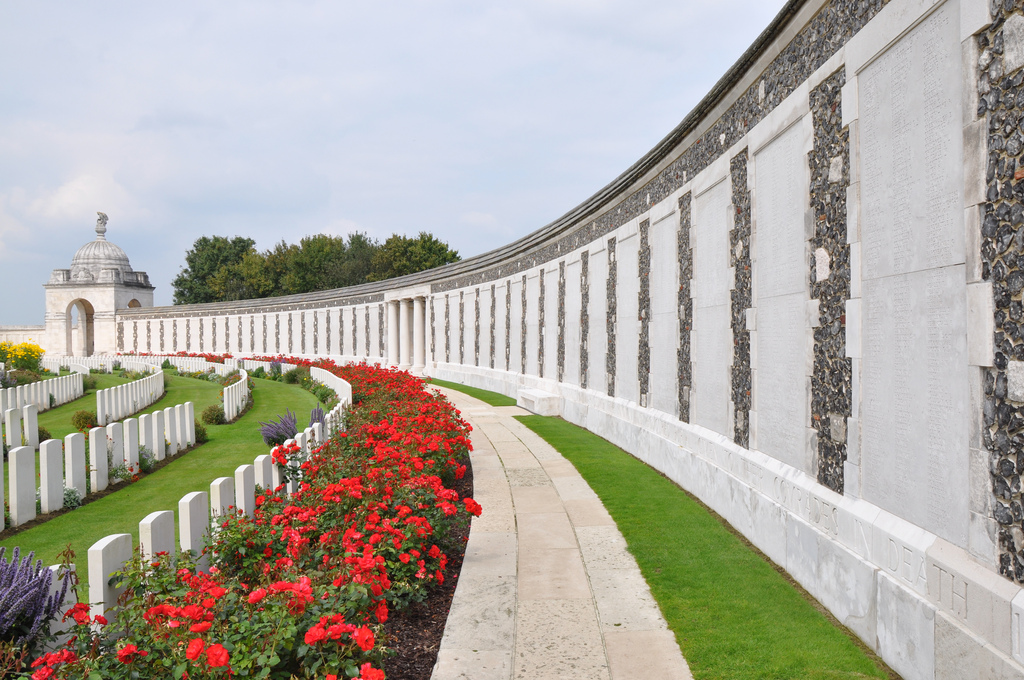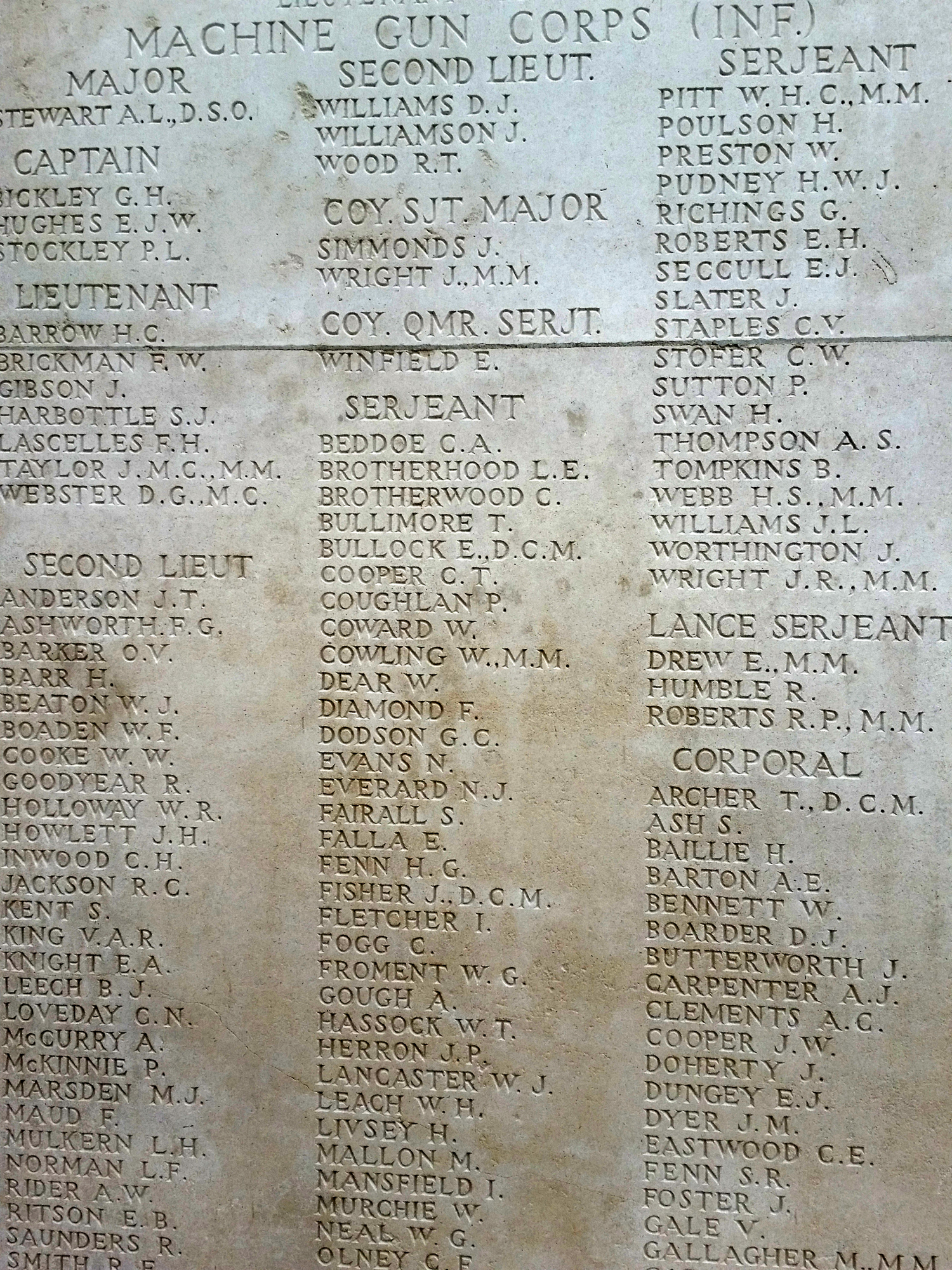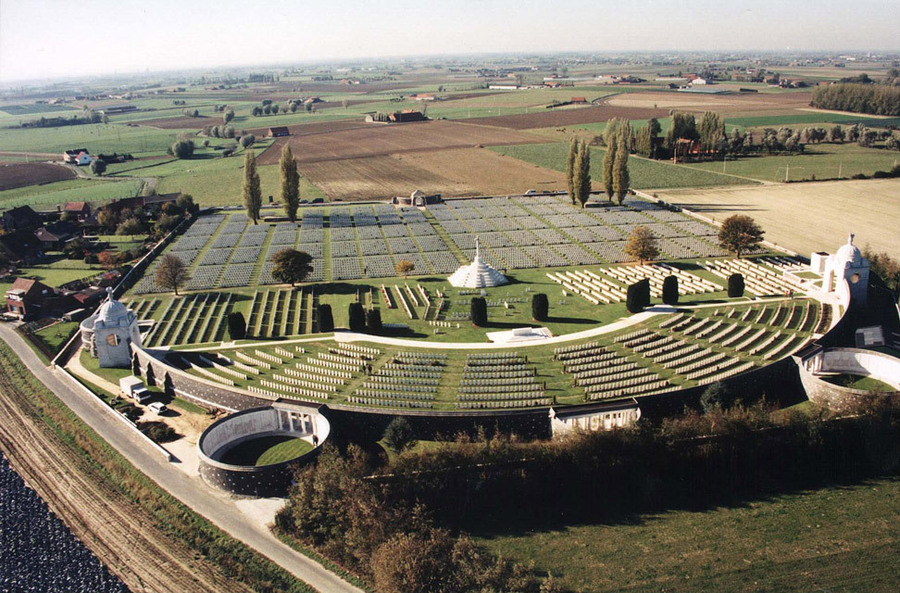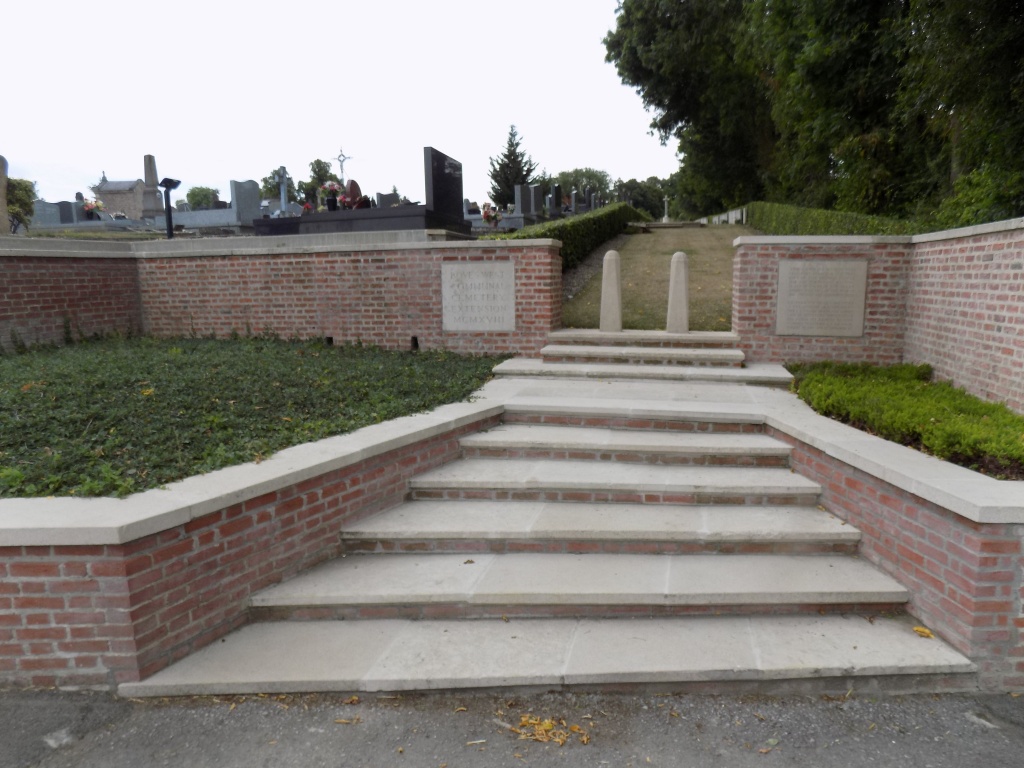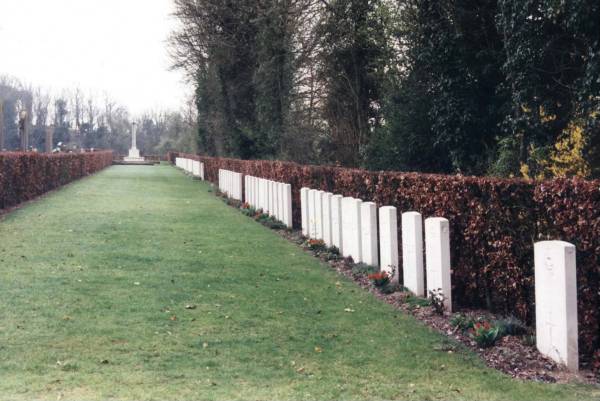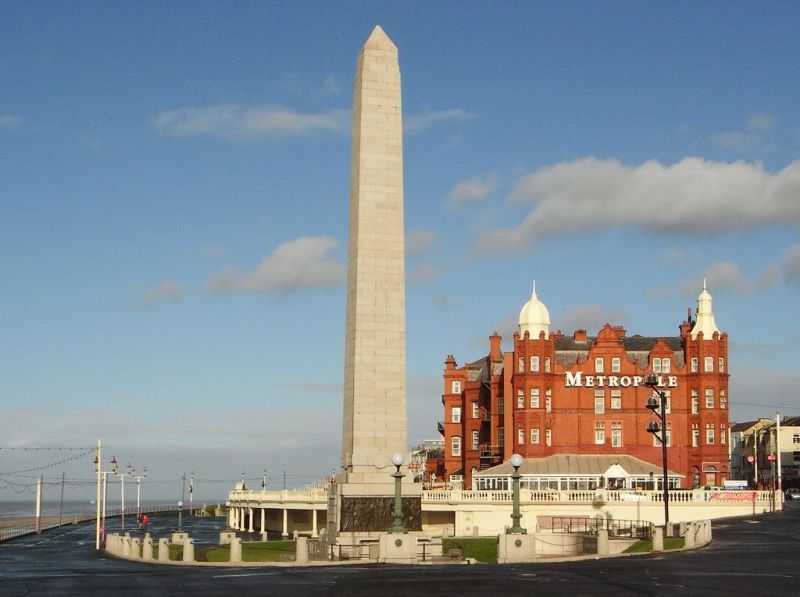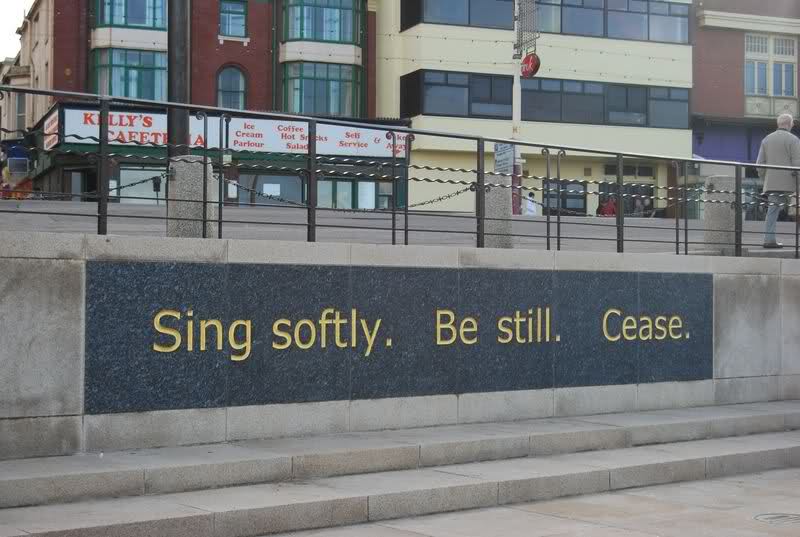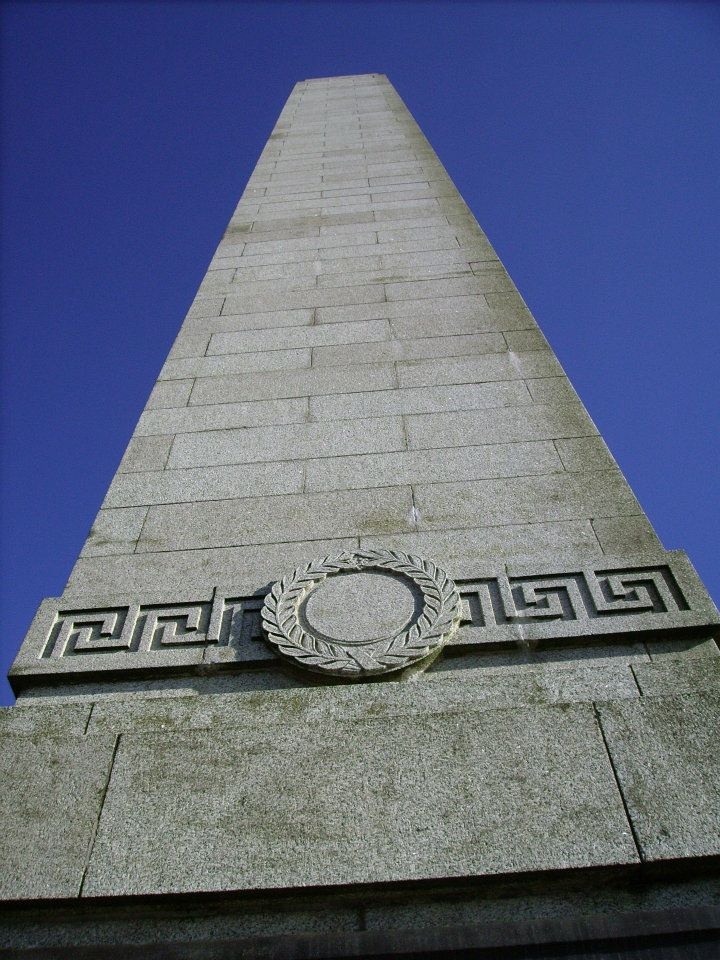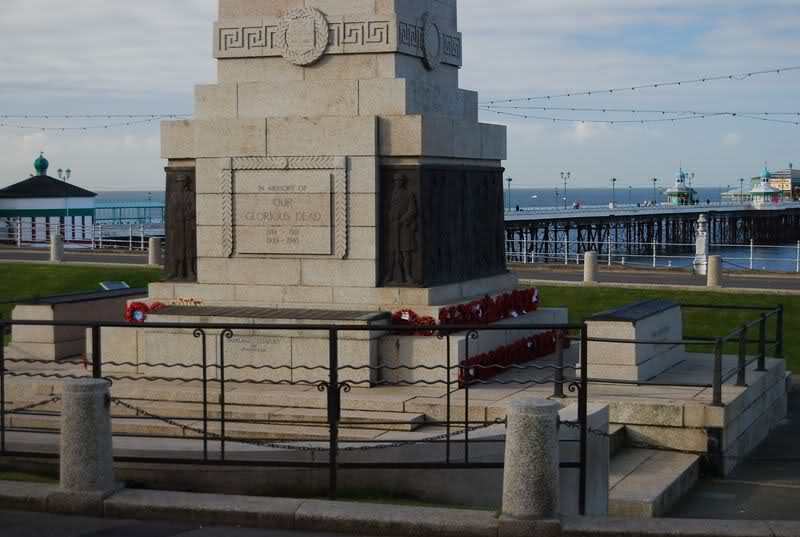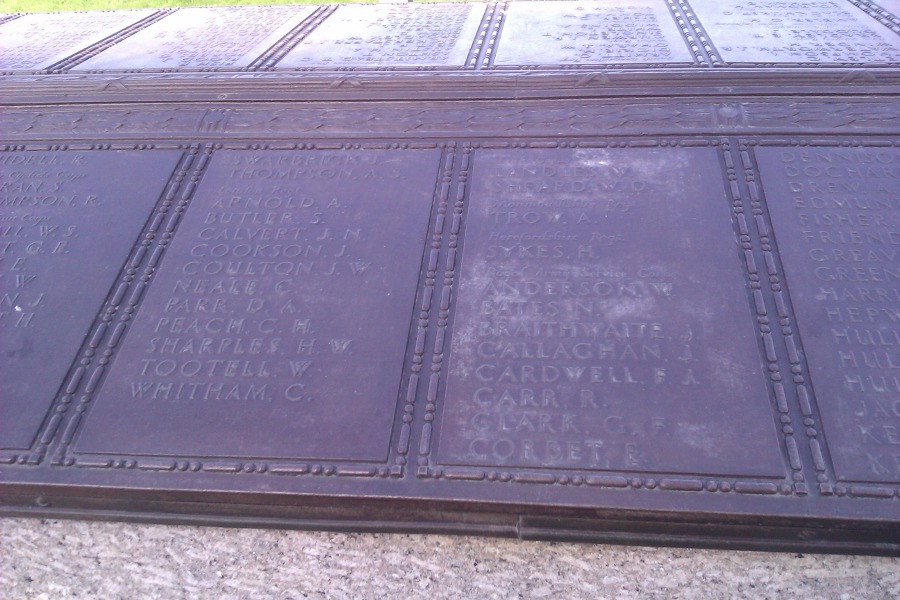BROTHERS:
Arthur Stonehouse Thompson &
Fred Thompson
(Click any thumbnail image to view full size)
Family
13 year old Arthur and 9 year old Fred appear living with their 15 year old brother Walter (an errand boy at the local docks) in their family home in Blackpool on the 1901 census. Their father, William is employed as a grocery assistant. Also in the household is their mother Betsy Hannah Thompson.
On the 1911 census, the two boys are still living with their parents (at 6 Montrose Avenue, Blackpool), their brother Walter having moved out. Their father William is now listed as a grocer. The family now have extra money coming into the household, with Arthur (now 23) finding work as a butcher, as well as Fred who is an apprentice joiner. Despite the extra income, the family had also taken on a lodger, 32 year old shop assistant Clara Whitaker.
Arthur and Fred on the 1901 Census
Arthur and Fred on the 1911 Census
The family home at 6 Montrose Avenue, Blackpool - as it looks today
Arthur Stonehouse THOMSON (Serjeant)
22477 / 2900, Liverpool Regiment / 116th Company, Machine Gun Corps (Infantry)
1914-15 Star, British War Medal, Victory Medal and Memorial Plaque
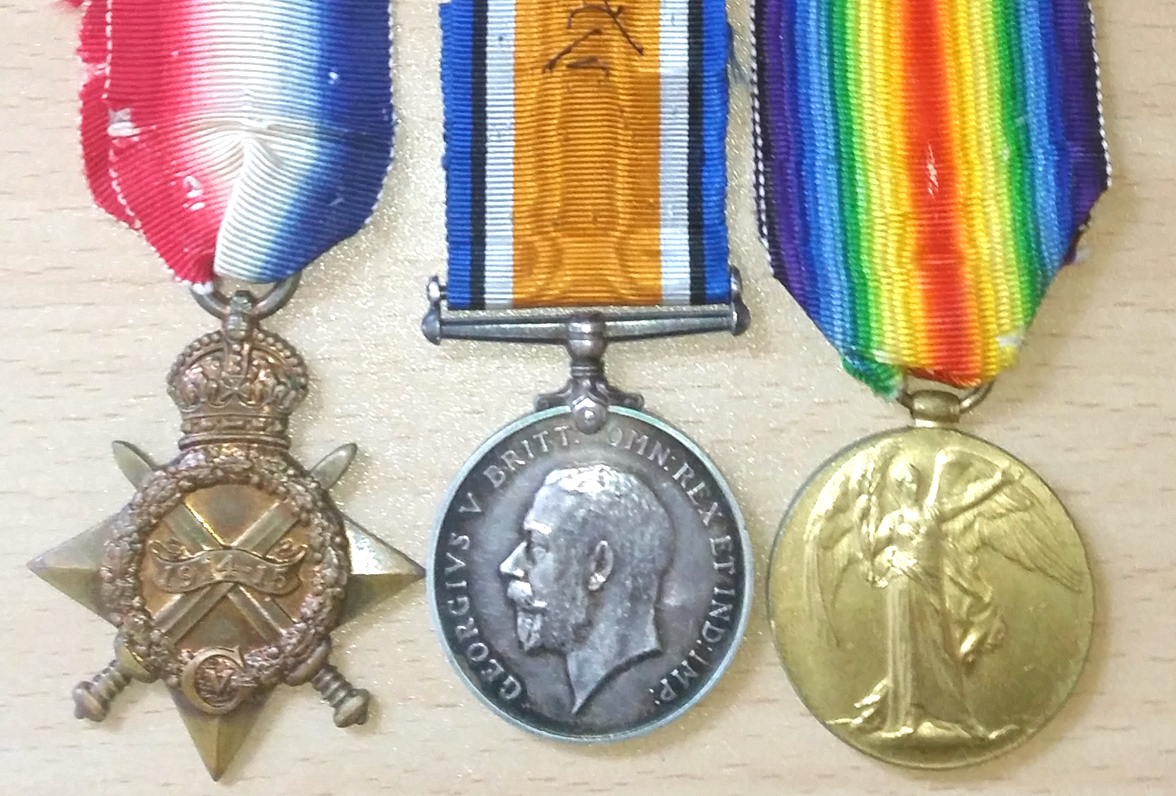
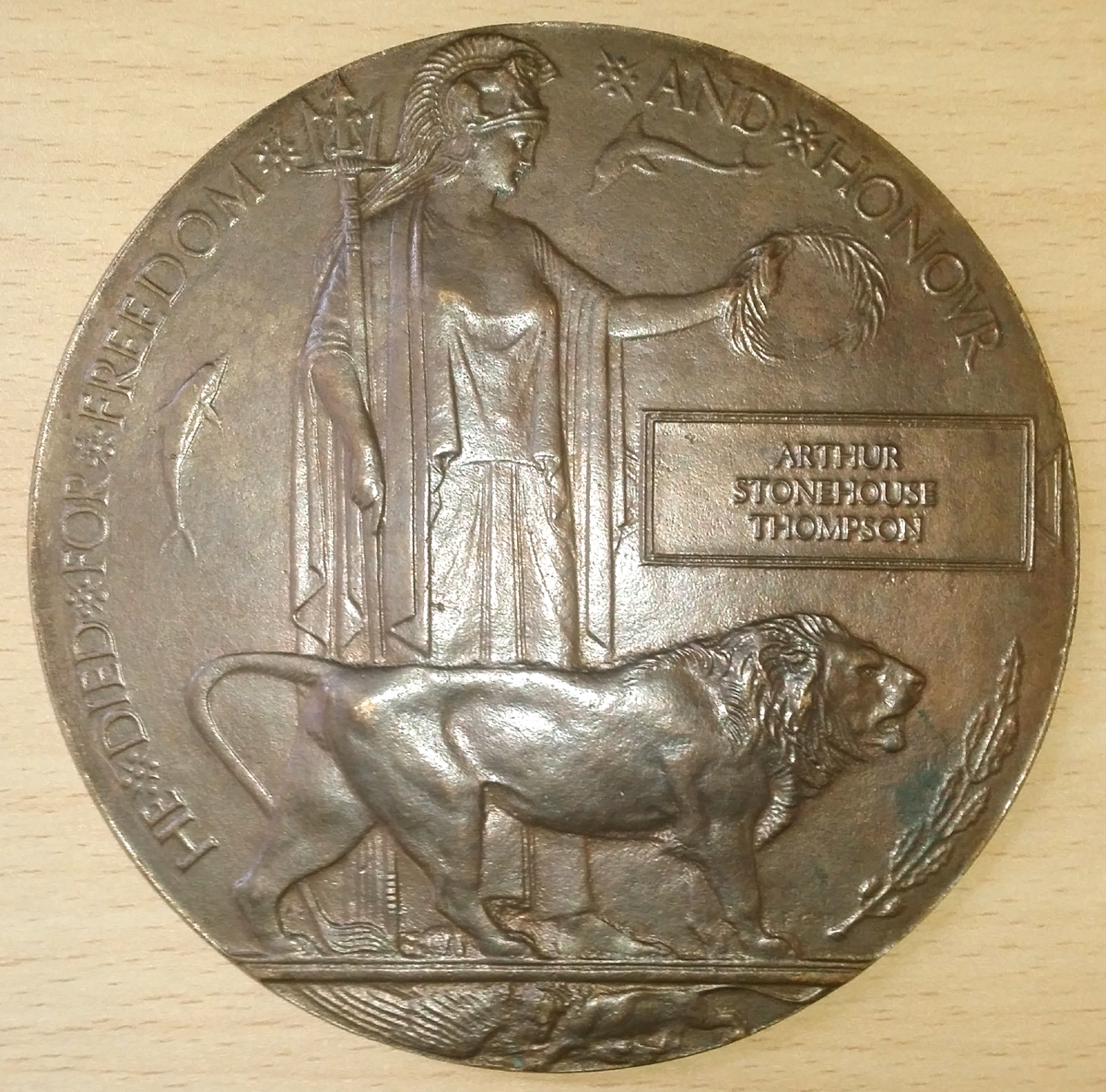
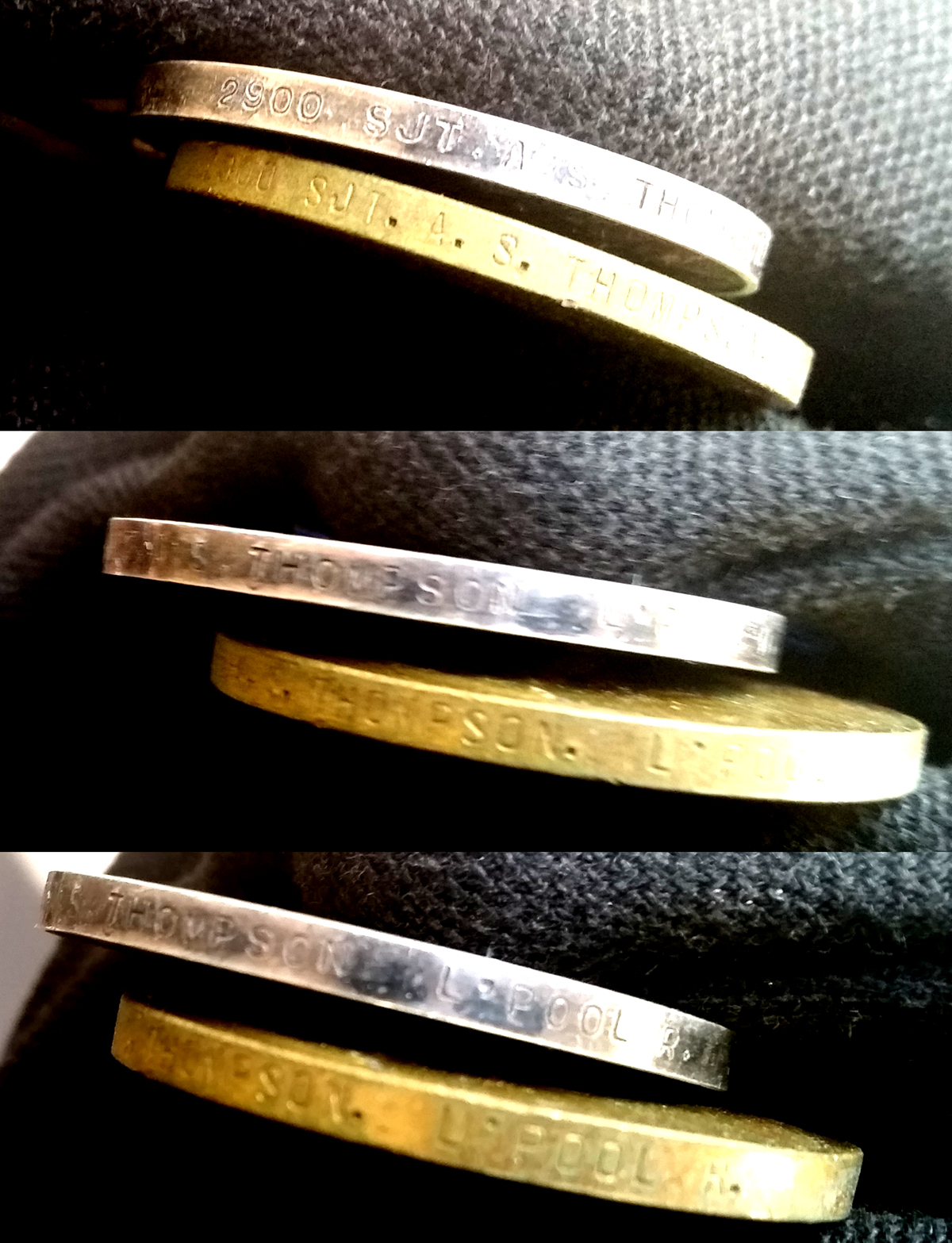
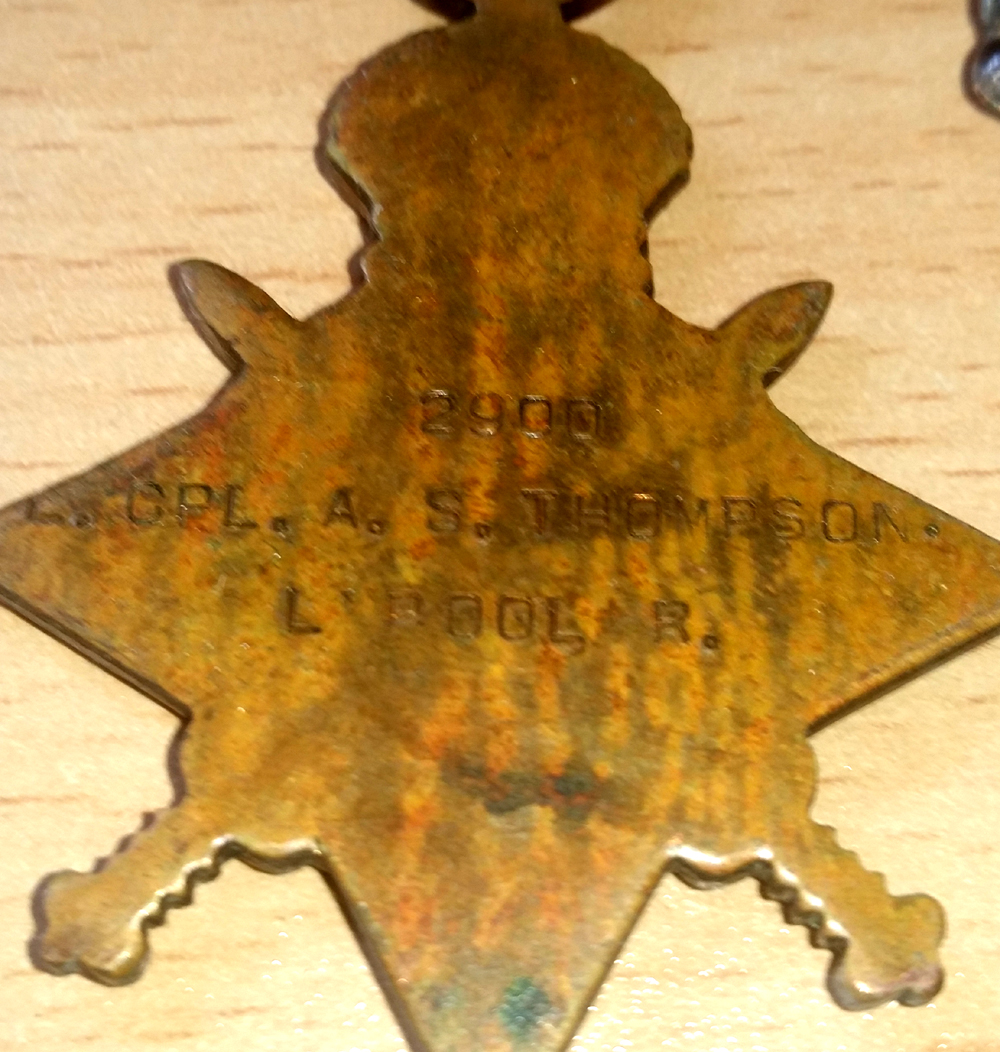
Arthur joined the Liverpool Regiment and landed in France on the 26th June 1915, he would have seen some action with the regiment, before transferring to the 116th Company, Machine Gun Corps. This was the designated machine gun unit for the 116th Brigade, which fought in the trenches in support of one battalion the Hereford Regiment, plus three battalions of the Royal Sussex, as well as a dedicated trench mortar battery. The 116th Brigade were one of three which fell under the command of the 39th Division, the others being the 117th and 118th Brigades.
The first action of the division was an attack on the 30th June 1916 to capture the "Boar's Head", a German salient near Richebourg-l'Avoué north of the Somme region, where the Royal Sussex suffered heavy casualties. Follwing further engagements in the Ancre in the Somme, they participated in The Battle of Thiepval Ridge.
On the 7th October 1916, as part of the Battle for The Ancre Heights (a phase of the Battle of the Somme), having been relocated to relieve the 18th Division, the 39th Division repulsed an attack on it's position on the British part of the Schwaben Redoubt by German troops, which included a flame thrower detachment. On the 9th October the division attempted a surprise attack on the Northern, German-held section, of the Redoubt, but the Germans were ready for them and despite some success on their right flank, they were forced back. The 117th and 118th Brigades of the 39th Division eventually took the redoubt after long-drawn out fighting, and after defending against three German counter-attacks, including flame throwers, the 116th Brigade, including Arthur's machine gun company moved up to hold the position on the 16th October. Their trenches were shelled throught the 17th October. They were back in action on the 21st October first supporting an advance, with over 200 machine guns firing on the German lines, destroying the barbed wire, and later the 116th Brigade moved up to take a position called "Stuff Trench". Following vigorous raiding and patrolling, the 39th moved up again on the 29th October to capture further parts of a position known as "Pope's Nose".
The next major fighting for the Arthur's 116th Company came on the 31st July 1917 at the Battle of Pilkem Ridge, during the Third Battle of Ypres. Zero-hour had been chosen as 3.50am that morning, which should have coincided with "first light", but low cloud cover meant it was still dark.. A 6 minute long British artillery bombardment masked the initial advances of men. Arthur, along with the rest of the 39th Division advanced 500 yards astride the Wambeke and Roosebeke streams and down the Oosttaverne spur between them, to the "blue line" (first objectives - shown below), a total advance of around 1,500 yards forward. Further advances behind a smoke and shrapnel barrage took them as far as Steenbeek, one of the muddiest parts of the battlefield, along a 3,000 yard front. The Germans later pushed them back to the town of St Julien. Subsequent German counter-attacks prevented the 39th Division from holding it's positions between the black and green lines (shown below). However, a combination of the torrential downpours, causing flooding and worsening conditions in the mud and British artillery and machine guns, such as Arthur's, kept the Germans at bay 300yards on their own side of the black line (shown below).
On the 4th August 1917, General Haig claimed to the British Cabinet the Battle of Pilkem Ridge was a success and "casualties were low for such a big battle". Among other successes; the ridge from Bellewaarde to Pilckem had been captured and nine German divisions had been "shattered" and hurriedly relieved, helping draw German divisions to Flanders, away from the bulk of the French armies. The losses of the British alone over the course of only four days from 31st July to 3rd August was a staggering 31,850 men.
Between 16th-18th August Arthur's unit was once again engaged in actions at The Battle of Langemark, where all sectors suffered in heavy rain and muddy swamps accross the entire front mad moving men or materiel a constant challenge.
In September, Arthur and his fellow gunners found themselves in action at The Battle of Menin Road Ridge. It was a turning point for the British Army, who changed their tactics to a "leap-frogging" advance, where units captured positions and consolidated to defend them, while other units passed through to further objectives.
During the initial advance on the 20th September, the machine-gun sections of the 39th Division pushed forward to "North Farm", which was captured, taking four machine-guns and 29 prisoners. At 8:10 a.m., the protective artillery barrage lifted and patrols were sent forward to establish outposts and to clear the area of remaining German troops. Consolidation began, despite machine-gun fire from Hollebeke Château, and the green line (first objective) (see battle area map below) was dug-in and the ground forward to the blue line (final objective) defended by outposts. A German counter-attack was attempted, but "annihilated" by small-arms and artillery fire. The 39th Division, lengthened the southern defensive flank, from Groenenburg Farm to the Bassevillebeek. The division suffered badly from German fire as it advanced 800 yards to its objective, from hidden dug-outs in the area further north, which had already stopped the 41st Division. All ground was held, although the main objective of the battle, to captured a garrison called "Tower Hamlets" was not met. The next few days saw the British having to repel numerous German counter-attacks.
On the 23rd September 1917, during a German counter-attack to reclaim the lost ground, Arthur Stonehouse Thompson was killed, aged 29. Due to the sea of endless mud in the Ypres salient in September 1917, many thousands of men, even where they could be properly buried were simply "lost" to the quagmire. Arthur was one of the 3,148 British soldiers killed over the five days of the Battle of Menin Road Ridge. He is remembered, with honour, on the Tyne Cot Memorial to the Missing, among 34,959 other UK and New Zealand men who have no known grave in the Ypres Salient. See also Wallace Bottle, a soldier in the 41st Division who was also killed the day before Arthur in the same action, and is buried within the Tyne Cot Cemetry.
The stone wall surrounding the Tyne Cot Cemetery makes-up the Tyne Cot Memorial to the Missing. Upon completion of the Menin Gate Memorial to the Missing in the town of Ypres, builders discovered it was not large enough to contain all the names as originally planned. They selected an arbitrary cut-off date of 15 August 1917 and the names of the UK missing after this date were inscribed on the Tyne Cot Memorial instead. Additionally, the New Zealand contingent of the Commonwealth War Graves Commission declined to have its missing soldiers names listed on the main memorials, choosing instead to have names listed near the appropriate battles. Tyne Cot was chosen as one of these locations. A selection of photos, showing both the cemetery, which contains 11,956 graves (of which 8,369 are unknown soldiers) , and the memorial to the missing on the surrounding wall are shown above and below (click to enlarge)
Arthur Stonehouse Thopson - Memorial Certificate (PDF)
Arthur Stonehouse Thopson - Memorial Register
Arthur Stonehouse Thopson - Medal Index Card
Arthur Stonehouse Thopson - Memorial Panel List
Arthur Stonehouse Thopson - Photo of Full Panel at Tyne Cot Memorial
Fred THOMPSON (Lance Bombardier)
72158, 182nd Seige Battery, Royal Garrison Artillery
British War Medal and Victory Medal
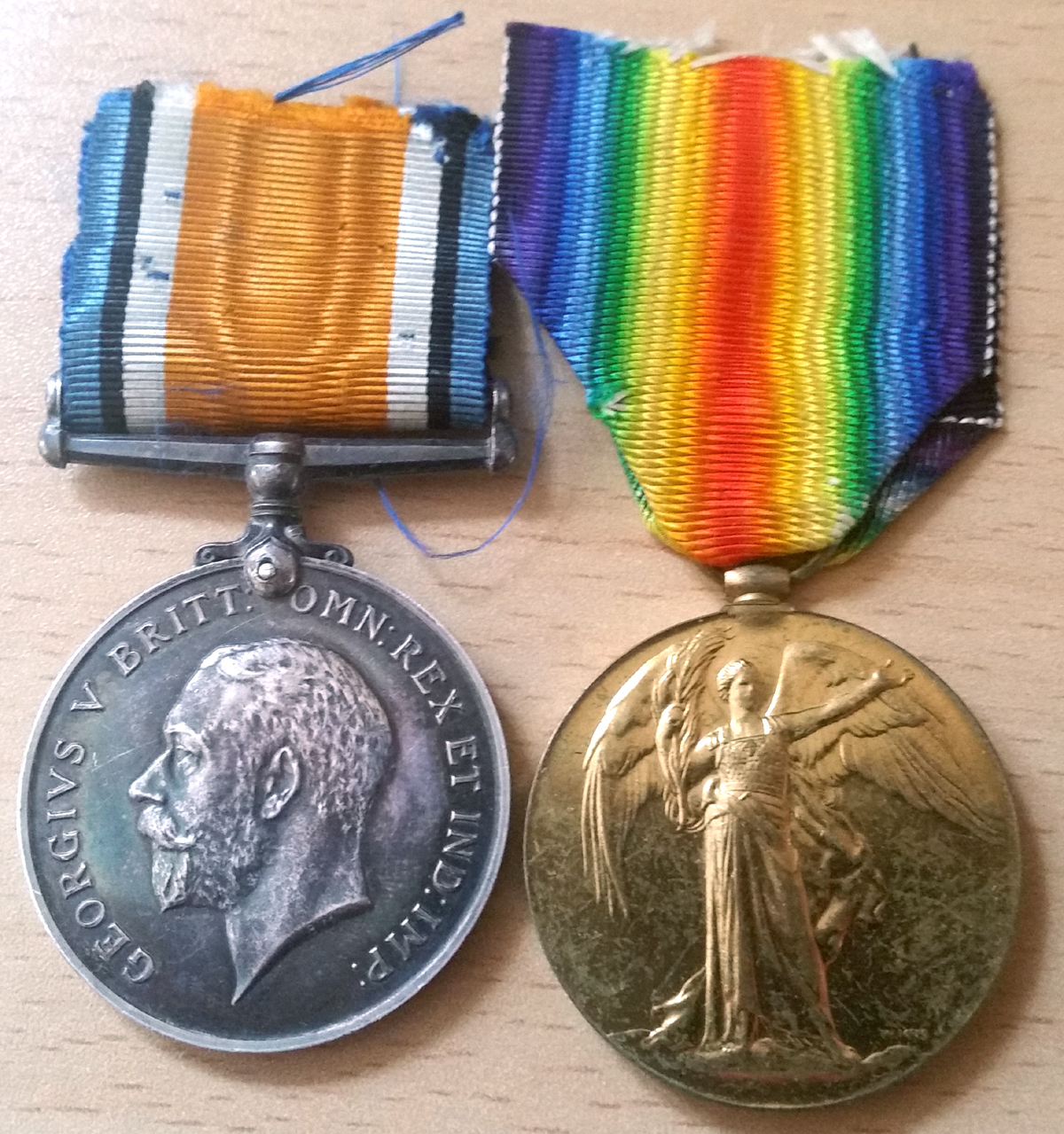
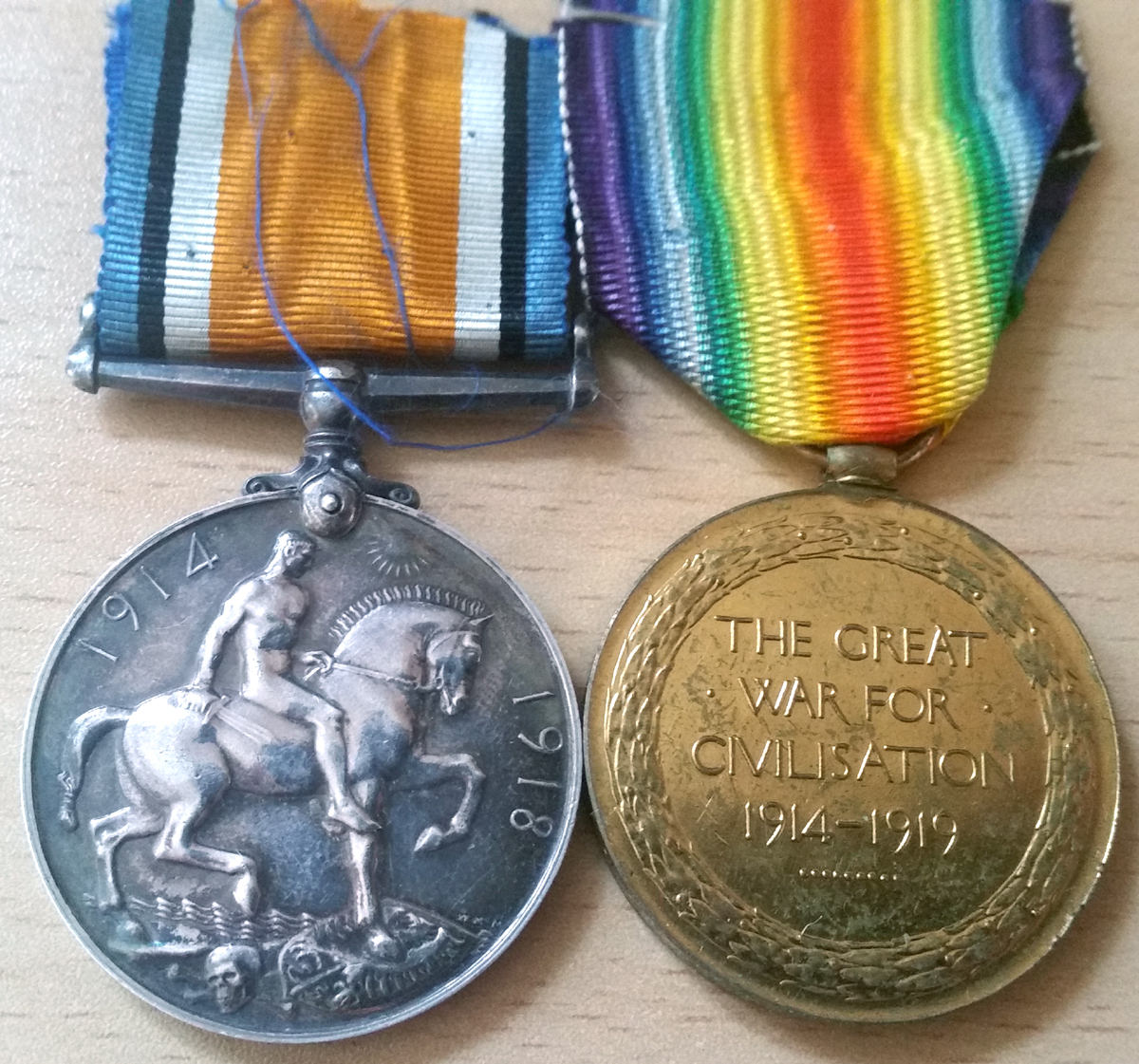
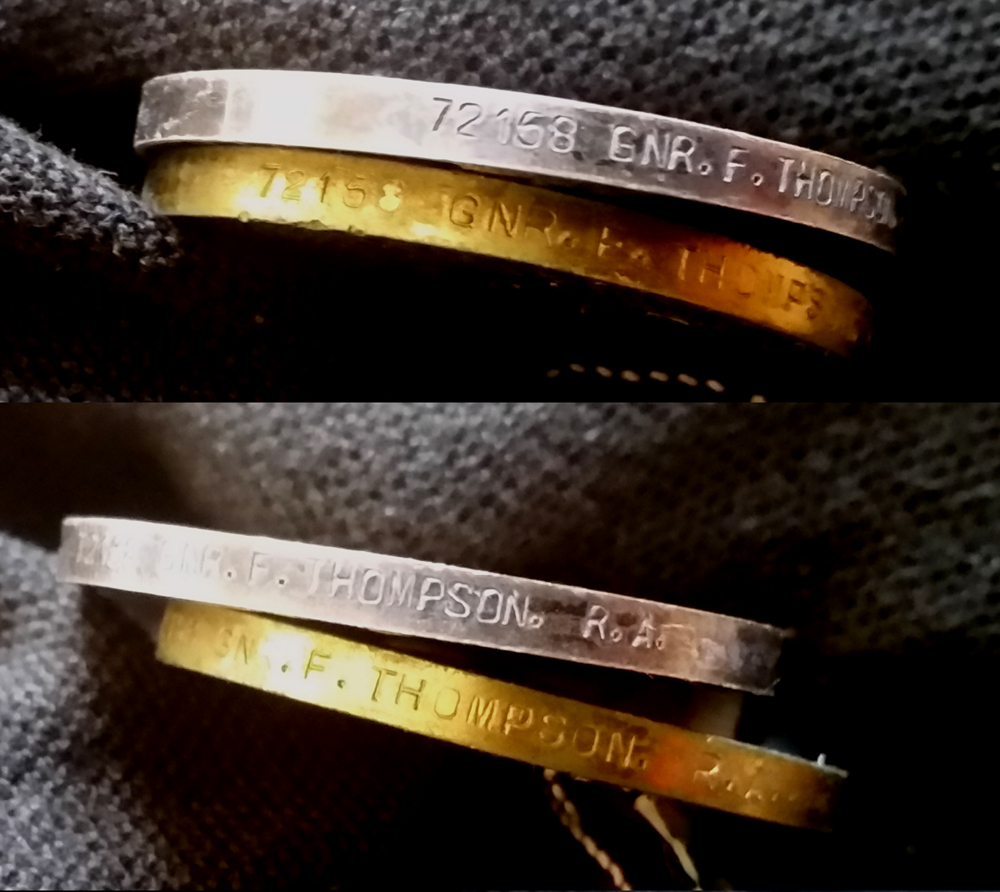
Sometime after 1911 Fred married a girl called Annie, from Derbyshire, and moved with her to London. He later joined the Royal Garrison Artillery and landed in France on the 28th September 1916. His heavy artillery battery participated in the Battle of Vimy Ridge (part of the Arras Offensive of april 1917), he probably would have seen action in Ypres, although his movements with his unit are unknown.
We do know, however, that Fred's battery where in action at the Battle of The Avre, part of the German "Spring Offensives". The objective here was to push an attack towards Amiens. The German attack was launched on 4 April 1918, when fifteen divisions attacked seven Allied divisions on a line east of Amiens and north of Albert (towards the Avre River). The aim was to secure the town and the surrounding high ground from which artillery bombardments could systematically destroy Amiens and render it useless to the Allies. Tanks were used by both sides, for the first time during the war. The British hastily counter-attacked during the night to dramatically re-capture Villers -Bretonneux and halt the German onslaught.
At some point that day, the 4th April 1918, 26 year old Fred, like his brother 7 months prior, was killed in action. His hastily dug and marked battle-field grave was exhumed in 1920, and concentrated elsewhere. He is buried, and remembered with honour in Boves West Communal Cemetery Extension, near Amiens, France along with 91 other known men of the First World War and one unknown airman of WW2.
Fred Thompson - Memorial Certficate (PDF)
Fred Thompson - Cemetery Register
Fred Thompson - Grave Concentration Form
Fred Thompson - Grave Registration
Fred Thompson - Headstone Report
Fred Thompson - Headstone Report 2
Fred Thompson - Medal Index Card
Blackpool War Memorial
Both Arthur and Fred are additionally named on the bronze panels on the two "tombs" at the foot of the Blackpool War Memorial on the seafront, near the pier. Arthur is shown in the image below, second name down on the left-centre panel (click to enlarge). Fred is also named, but listed under the Royal Garrison Artillery.
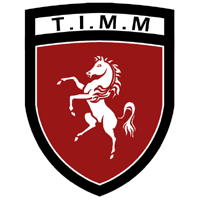 The Invicta Medal Museum (Online)
The Invicta Medal Museum (Online) 